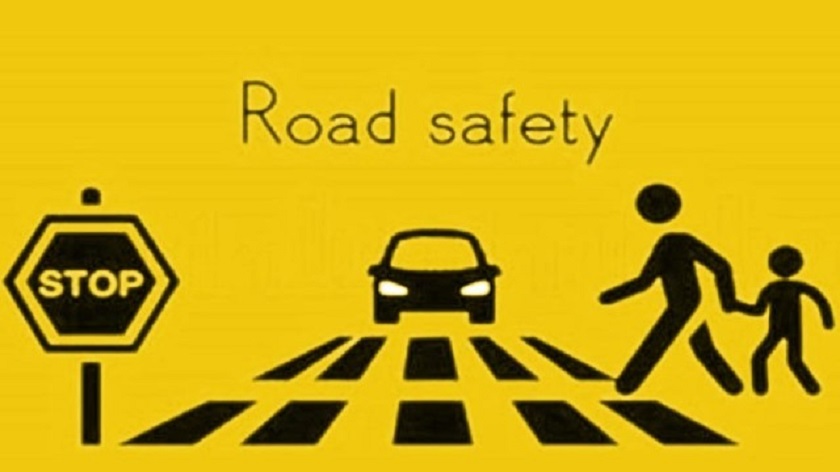
By Zahid Lone
Helmets are not just accessories; they are life-saving devices designed to protect individuals from traumatic head injuries in the event of accidents, particularly in motorcycle collisions. The importance of wearing helmets cannot be overstated, as they serve as a vital barrier between the human skull and potentially fatal impacts. Despite their proven effectiveness, there remains a concerning trend of ignorance and disregard for helmet safety among certain segments of the population. Helmets are engineered to absorb and dissipate the force of impact during accidents, reducing the risk of severe head injuries such as skull fractures, concussions, and traumatic brain injuries. They consist of sturdy outer shells made of materials like polycarbonate or fiberglass, coupled with energy-absorbing padding and a comfortable inner lining to provide cushioning and protection. The design of helmets undergoes rigorous testing to ensure optimal effectiveness in real-world crash scenarios.
Despite the clear benefits of helmet use, there exists a dangerous level of ignorance and misconceptions among some individuals regarding their necessity. Some riders perceive helmets as uncomfortable or cumbersome; while others believe they impede vision or restrict hearing, compromising their ability to navigate traffic safely. Additionally, cultural factors and societal norms may influence attitudes towards helmet use, with some viewing it as optional rather than essential for personal safety. Addressing these misconceptions requires targeted education and awareness campaigns to debunk myths and highlight the life-saving potential of helmets. The repercussions of not wearing helmets extend far beyond individual riders, impacting families, communities, and healthcare systems. According to the World Health Organization (WHO), helmets reduce the risk of head injuries by approximately 70% and the risk of fatalities by 40%. However, motorcycle accidents involving unprotected riders often result in catastrophic head injuries, leading to permanent disabilities or fatalities. The economic burden of these incidents encompasses medical expenses, rehabilitation costs, and lost productivity, placing strain on healthcare resources and society as a whole.
Addressing the issue of helmet safety requires a comprehensive approach encompassing public education, enforcement of helmet laws, and promotion of safer riding practices. Governments, non-profit organisations, and community leaders must collaborate to instil a culture of responsible riding, emphasising the non-negotiable importance of helmet use through targeted awareness campaigns and outreach initiatives. Access to quality helmets should be enhanced, and incentives such as subsidies or tax breaks can encourage widespread adoption among all segments of the population. The imperative of helmet safety transcends individual preferences is a collective responsibility to safeguard lives and prevent needless tragedies on our roads. The evidence supporting the effectiveness of helmets in reducing the severity of head injuries is unequivocal, and yet, there persists a dangerous disregard for their use among certain segments of the population.
However, by raising awareness, debunking misconceptions, and promoting the use of helmets through concerted efforts, we can instil a culture of responsibility and accountability on our roads. It is not just about personal choice; it is about protecting oneself, loved ones, and fellow road users from the devastating consequences of preventable accidents. As we strive to build safer transportation environments, we must prioritise safety education, enforce existing helmet laws, and advocate for policy changes that incentivize helmet use. Access to quality helmets should be enhanced, ensuring affordability and availability for all riders, regardless of socioeconomic status.
Ultimately, the journey towards improved road safety requires a collective commitment from governments, communities, advocacy groups, and individuals alike. Together, we can create a future where every journey is undertaken with safety as the foremost priority.
Views expressed in the article are the author’s own and do not necessarily represent the editorial stance of Kashmir Observer
Follow this link to join our WhatsApp group: Join Now
Be Part of Quality Journalism |
Quality journalism takes a lot of time, money and hard work to produce and despite all the hardships we still do it. Our reporters and editors are working overtime in Kashmir and beyond to cover what you care about, break big stories, and expose injustices that can change lives. Today more people are reading Kashmir Observer than ever, but only a handful are paying while advertising revenues are falling fast. |
| ACT NOW |
| MONTHLY | Rs 100 | |
| YEARLY | Rs 1000 | |
| LIFETIME | Rs 10000 | |












